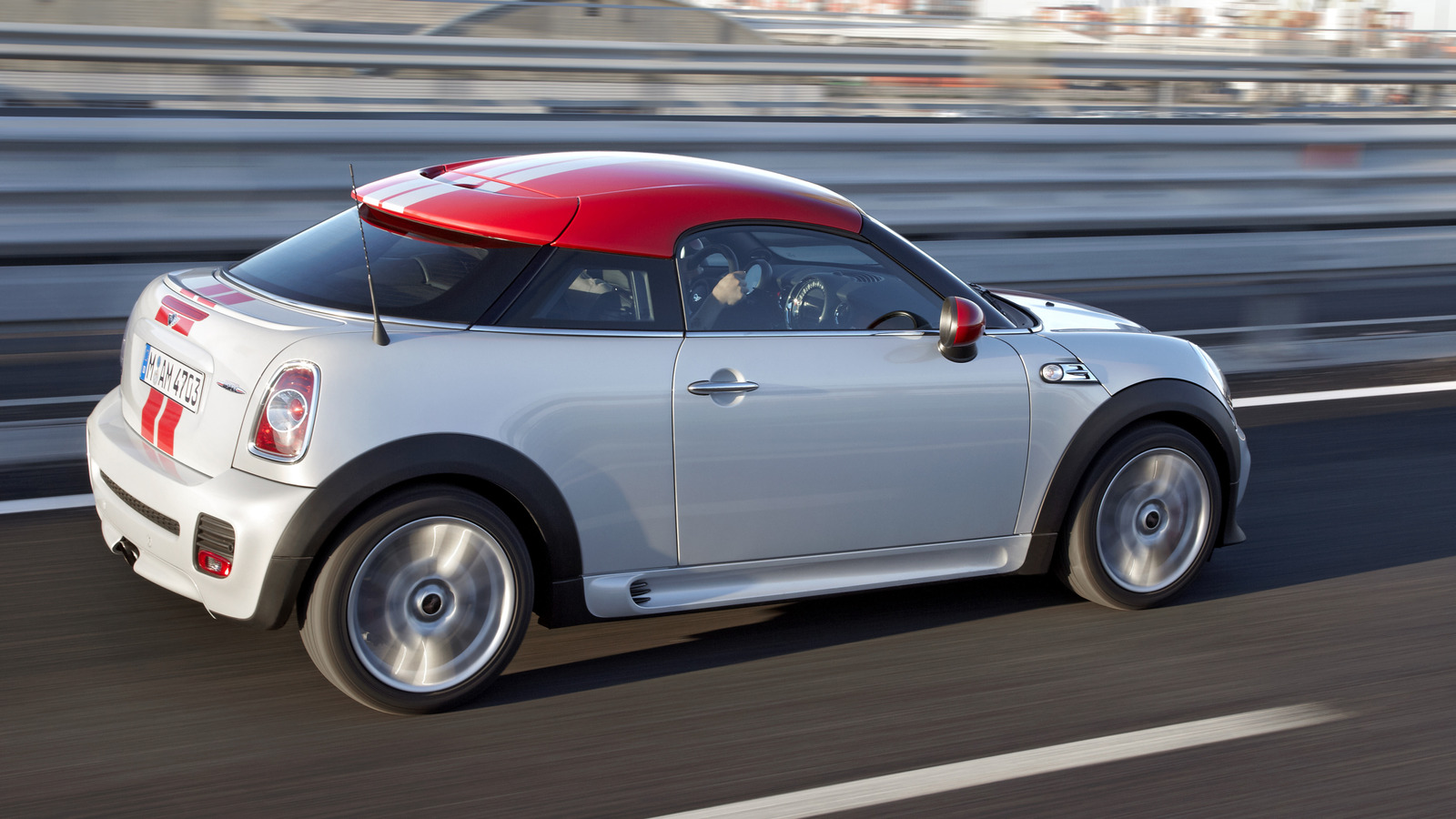Densely Imidazolium Functionalized Water Soluble Poly(Ionic Liquid) Binder for Enhanced Performance of Carbon Anode in Lithium/Sodium‐Ion Batteries
Advanced Energy Materials, Volume 15, Issue 5, February 4, 2025.

A novel water-soluble, densely functionalized poly(ionic liquid) binder is investigated for lithium-ion and sodium-ion batteries, with a focus on how binder reduction and dense functional groups enhance adhesion and electrochemical performance. Its robustness in negative electrodes is demonstrated through fast charging, high loading, and full-cell applications, underscoring its significant practical potential.
Abstract
The binder's choice holds immense significance in the quest for robust electrochemical performances of lithium/sodium-ion battery's (LIB/SIB) electrodes. Conventional PVDF binder is a passive polymer lacking the ability to transport Li+/Na+ and facilitate ion kinetics. This limitation poses constraints in achieving high specific capacity, fast charging, and long cycle life. Herein, a novel water-soluble concentrated imidazolium functionalized poly(ionic liquid), poly(oxycarbonylmethylene 1-allyl-3-methyimidazolium) (PMAI) is synthesized, and evaluated it as binder in LIB/SIB. PMAI-based anodic-half cell exhibits excellent electrochemical performance, achieving higher capacities (297 mAhg−1 at 1C for LIBs and 250 mAhg−1 at 60 mAg−1 for SIBs) and good cycle stability (80 % capacity retention after 750 cycles for LIBs; 96% capacity retention after 200 cycles for SIBs), compared to PVDF binder. In addition, PMAI/Gr delivers a higher discharge capacity of 85 mAhg−1 than PVDF/Gr with 47 mAhg−1 at 5C. PMAI-containing electrodes show better rate capability at different current densities than PVDF binder in LIB/SIB. The enhanced ion diffusion coefficient, lower resistance and decreased activation energy of desolvation, are ascribed to densely polar ionic liquid groups along the polymer and formation of a functionalized SEI via binder reduction. The novel PMAI binder's design and full-cell examination confirm its potential in secondary-ion battery applications.







































































































































































